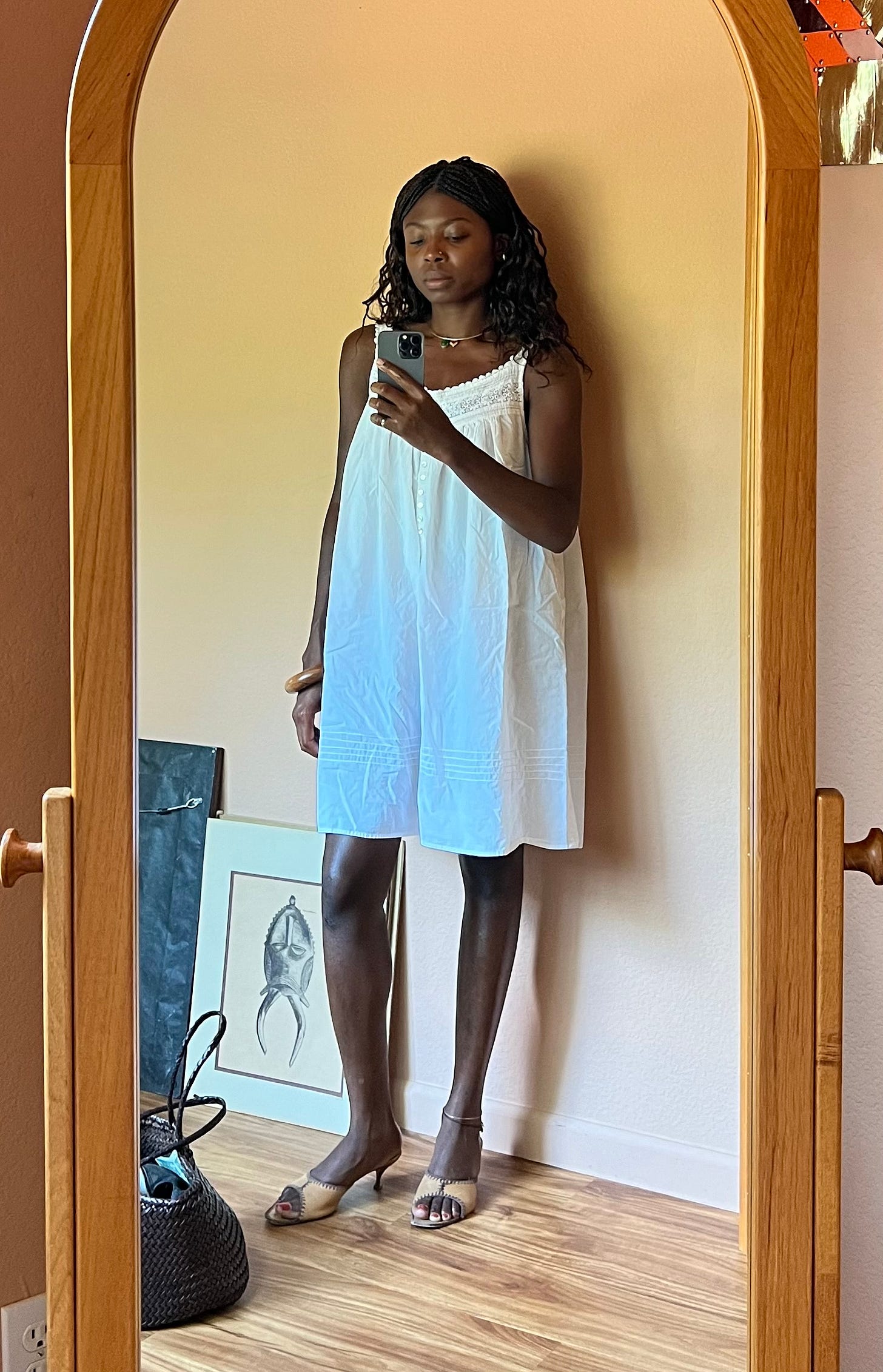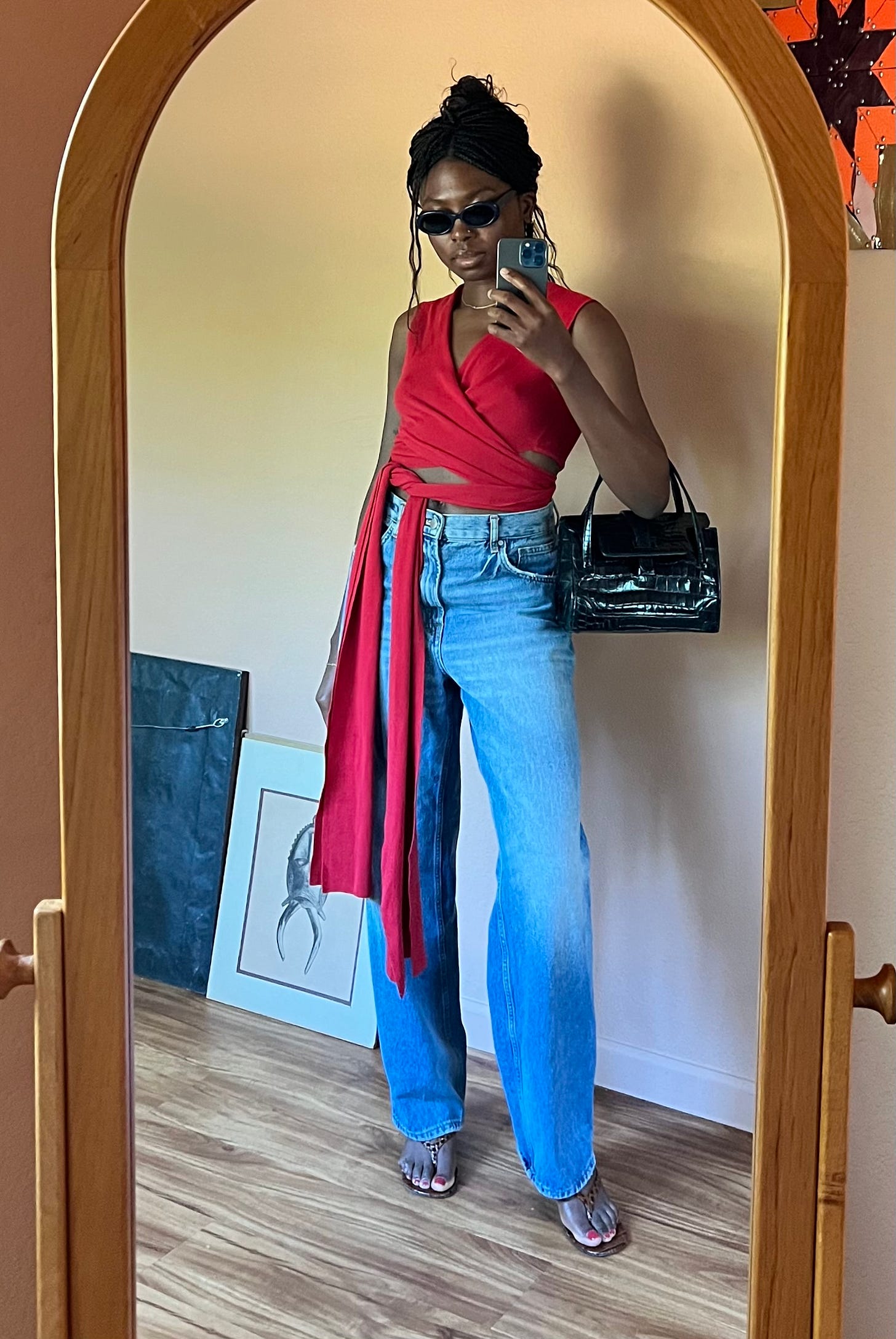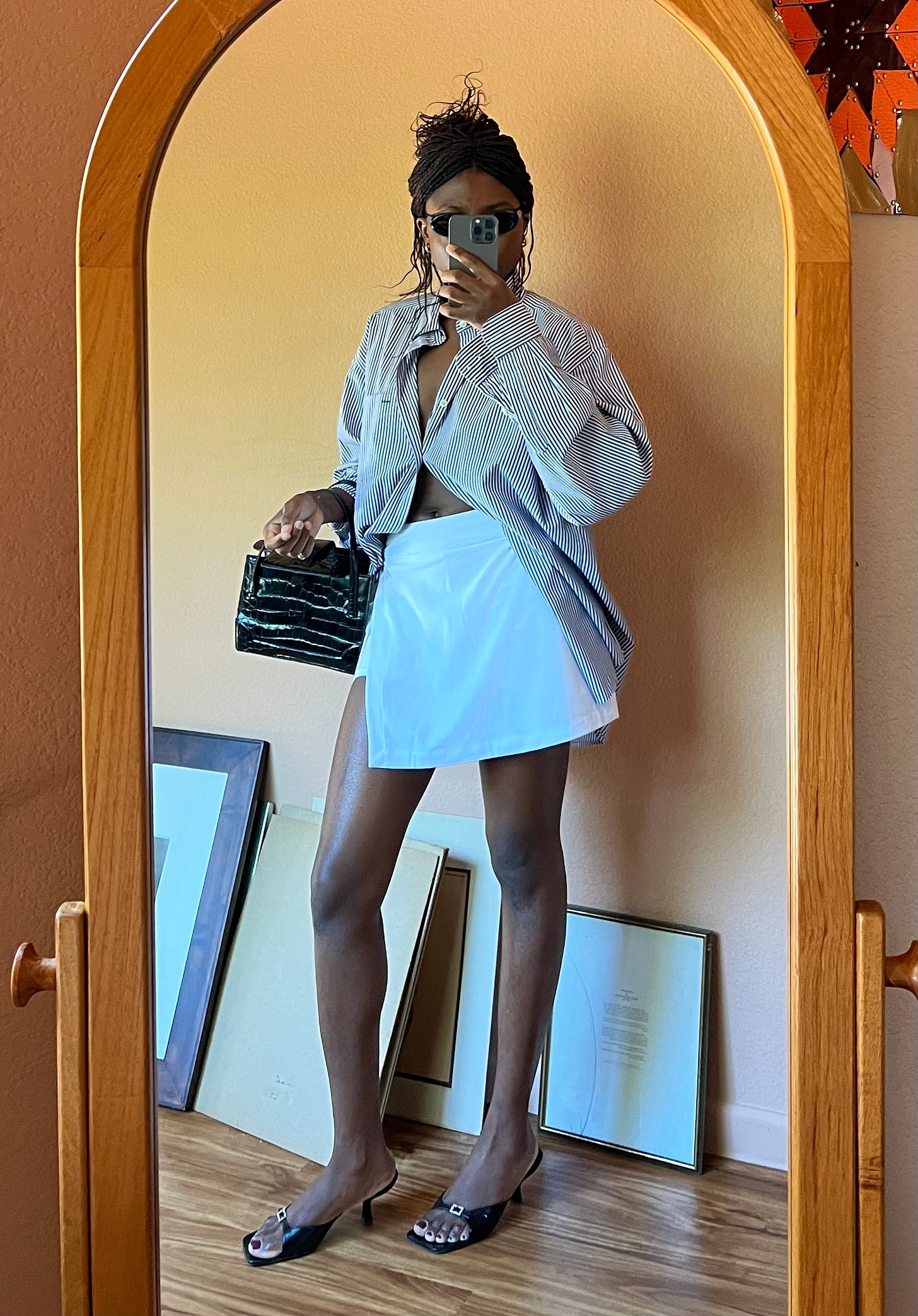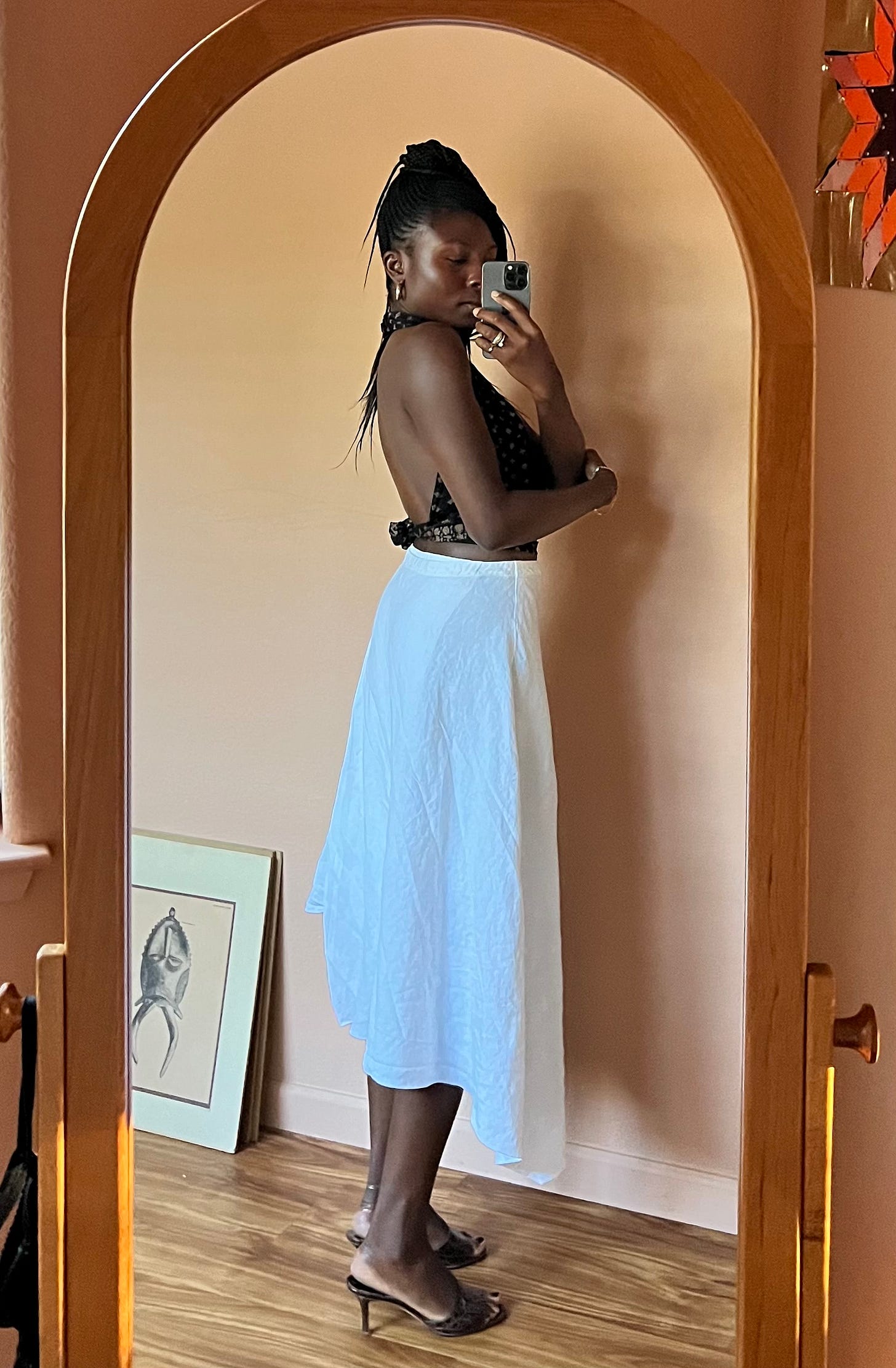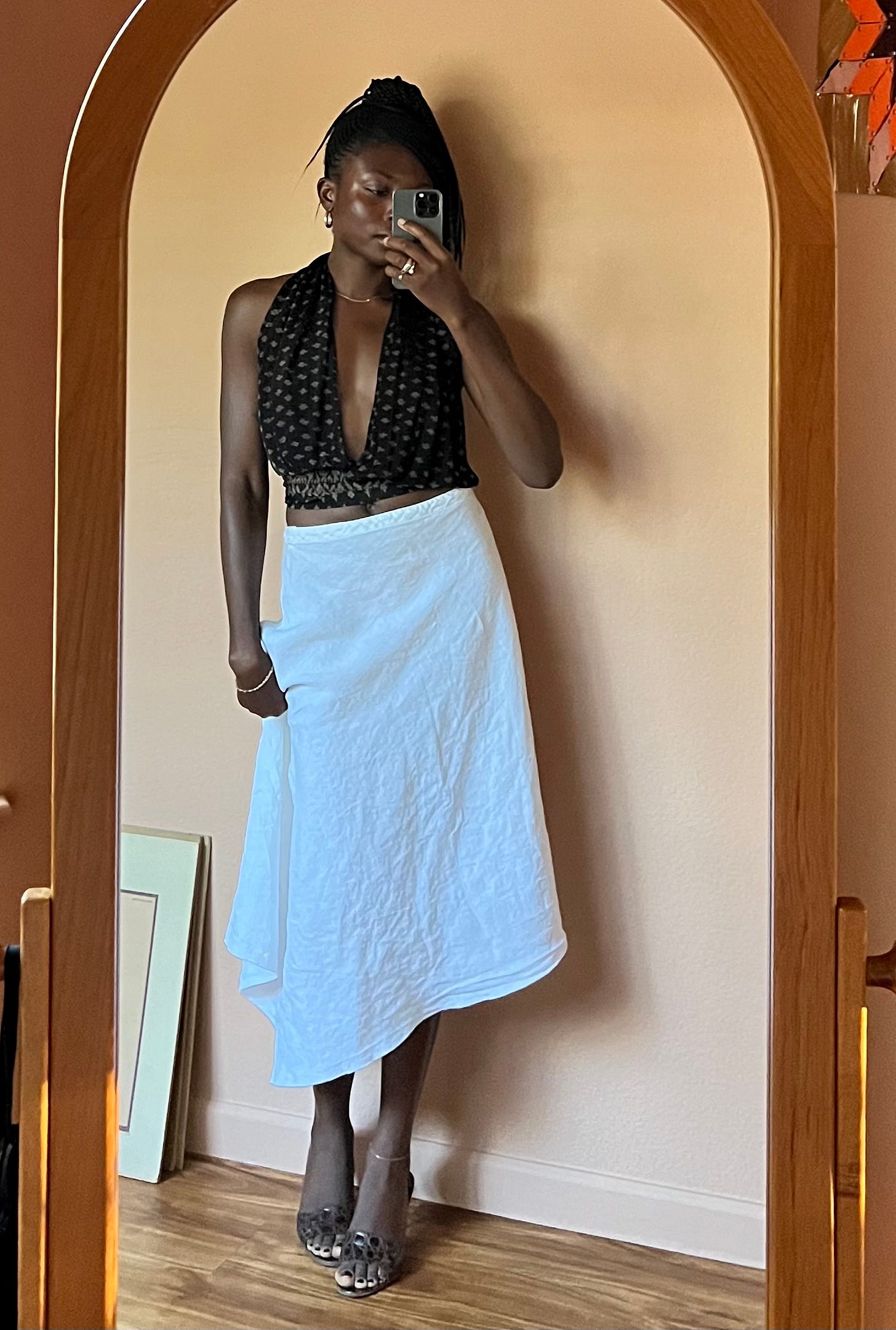Summer could be the sexiest time of the year: A tested and comprehensive guide for summer dressing
Cotton poplin makes an appearance
There’s a photo of me in Mexico City in the summer of 2017, in an open linen button down that’s tied at my waist and white linen pants I still own, that I’ve just come across while frantically searching my phone for saved photos of summer outfits. I don’t remember when I stopped knowing how to dress for summer, or how it happened, but at various times I’ve endured a quiet existential crisis about exposing my skin. This photo reminded me that it wasn’t always like this.
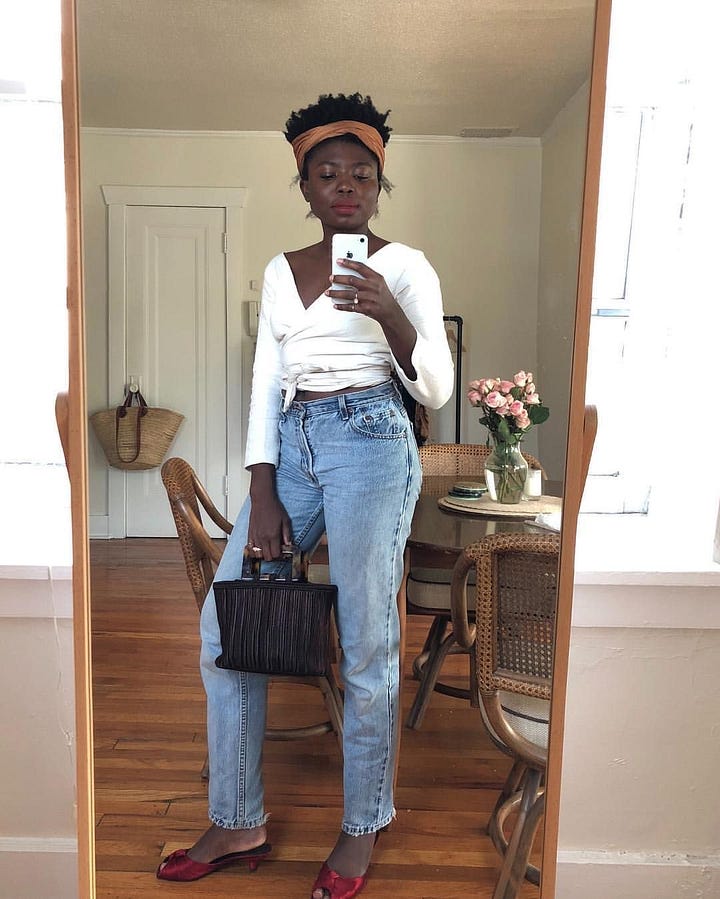
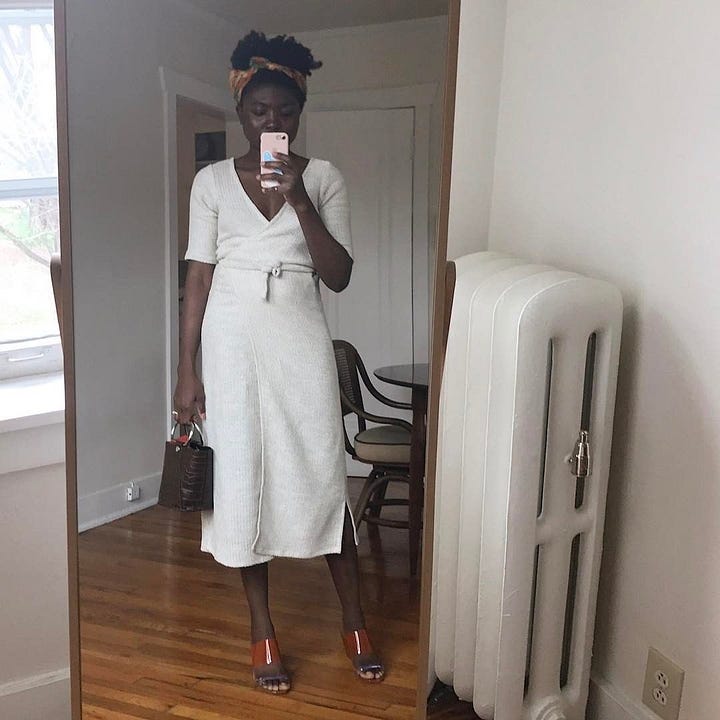
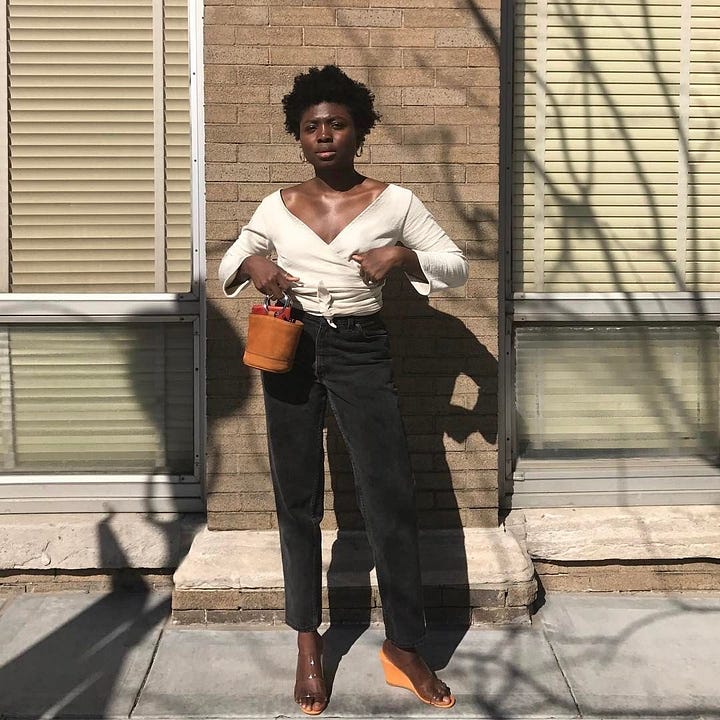
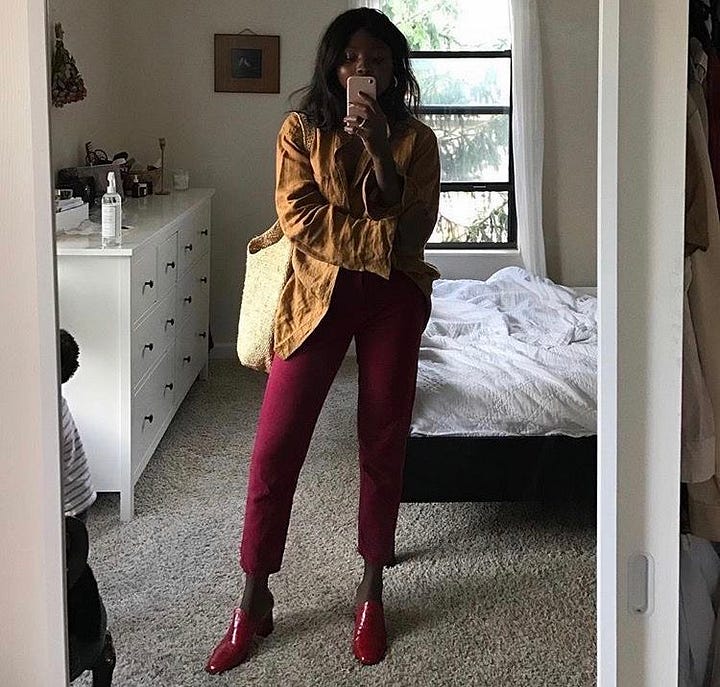
I don’t remember when I became uncomfortable with having my arms and legs exposed, but it happened, and I hadn’t questioned it until now. There was a period where I didn’t wear anything that revealed more than my calves. Even though ignoring how others perceive my long legs would be impossible, I haven’t ever adored them. Even now, I don’t love them. Self-loathing feels like an indulgence — where I’m trying to arrive is at indifference. I don’t think about them too much after 30 minutes of exposure. On some days, I don’t even think about my legs or my body at all.
In conversation with my personal styling clients about their summer dressing fears, most expressed concerns about excessive sweating and visible sweat stains. I’ve written briefly about fabrics that make you sweat, but sweating isn’t something I am personally self-conscious about. I only think about sweating in terms of my discomfort rather than as some kind of aesthetic abomination. I really didn’t consider it while dressing up, until recently. When I consider my clients’ attitude towards sweat and how long I hid my legs, I am gobsmacked by the subtle yet significant ways self-consciousness and shame can affect how we dress. I worried about exposing my legs and my clients obsesses about summer dressing because it confronts you with our preoccupations and serious systemic issues.
Until recently, I couldn’t articulate that I didn’t know how to dress for summer. Most days, I wasn’t even conscious of my discomfort because I was quietly disassociating from the hardships of the pandemic and moving. When we finally settled back in Kansas City at the end of 2020, I put all of my energy into decorating my apartment and my wardrobe remained at the bottom of my worries. I wore long sleeved button down shirts with jeans. I even wore wool trousers and when I occasionally lost my mind, you might have seen me in the only sweatshirt I owned. I made attempts to dress up for the season in this newsletter but most of these outfits stayed archived on this newsletter and never made it out in the world, which made me give my wardrobe less energy. I expended most of my energy on winter clothes because it felt like the category that needed my attention first. Several things made me finally see what was in front of me the whole time: I am bad at dressing for summer. Moving to Northern California and noticing my physical discomfort more acutely forced my attention to my summer wardrobe and I’m finally relearning how to dress for the heat. In this letter I hope to share some old and some recently acquired knowledge.
We are not even two weeks into the summer and I can already hear murmurs of how miserable everyone already is. In the last 5 years, I have discovered a cohort of people who despised the heat as much as I did (I still hate it 40% of the time even though I know how to dress for it) and I have learned a lot from their concerns. Seasonal depression: Summer Edition snuck up on me every year for 14 years until I connected the dots a few years ago. In Missouri where winters reach below 0 degrees, people participate in summer activities like it’s the last summer of their lives every year and that expectation and enthusiasm contributed to my social anxieties and physical paralysis for almost two decades. I wanted to live up to the hype of what is supposedly the sexiest time of the year in string bikinis, flip flops, shorts, mini skirts and loose clothing except wearing most of these types of clothing felt like an electric shock to my system. To figure out how to dress for summer in a way that feels better for me, I turned to the same considerations for “good clothes” that you might remember from the J.Law newsletter. I considered my weekly and overall summer activities and created a list of garments and styles that would fulfill my needs. Here’s what I did:
Farm and garden clothes
Athletic clothes
Week day outings and errands
Dates and semi formal activities
Formal clothes.
Lifestyle: Although I drive everywhere, the terrain and my outside activities are almost the opposite of what I did in Kansas City. My social life is vibrant, the terrain is different, and I have never loved the outdoors more than I do right now. Just recently, I went camping, something that I would have scoffed at in Kansas City and I packed mostly white clothes but all superbly appropriate for our activities and the varying temperatures. A month before I had splurged on sweatshirts and bloomers at the local curated vintage store we frequent and I have worn those items more times than I initially anticipated. I’m considerate of the shoes I wear although I drive around because the terrain in Northern California is drastically different from Kansas City’s mostly flat lands. In turn, I have become less precious about my nicer shoes, in fact, I have embraced scratches, breaking the heel or whatever surprises result from wearing 3 inch heels up and down mountainous terrain.
107 F degrees in humidity in air conditioning and a maximum of 5 minutes outside feels different from spending 3+ hours outside walking, swimming, or running errands in dry heat with no air conditioning at home. I’ve gotten over some of my self-consciousness purely out of survival and I will never look back.
The varying temperatures during the day has also taught me how to plan appropriately and be prepared for whatever might come. I always have to consider how an extra layer might interact with the rest of my clothes before choosing one.



